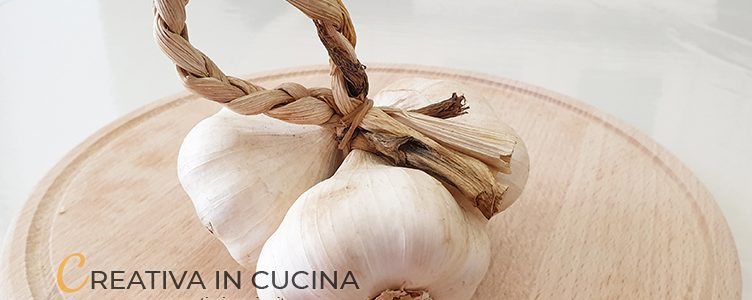Chestnuts evoke traditions, warmth and unmistakable flavours. In addition to being versatile in the kitchen, they are full of nutrients and health benefits. But how to preserve chestnuts?
The foliage begins to dominate and the temperatures drop and with them the first chestnuts arrive, a real rite of passage towards the colder months of the year.
These fruits with robust skin and warm shades contain a world of flavors and nutrients that mix with autumn evenings and the warmth of moments shared around the fire.
Their versatility in the kitchen is just one of the aspects that make these fruits unique, offering an infinite range of possibilities to satisfy both the most sophisticated palates and the most authentic comfort food cravings.
Chestnuts: nutritional properties
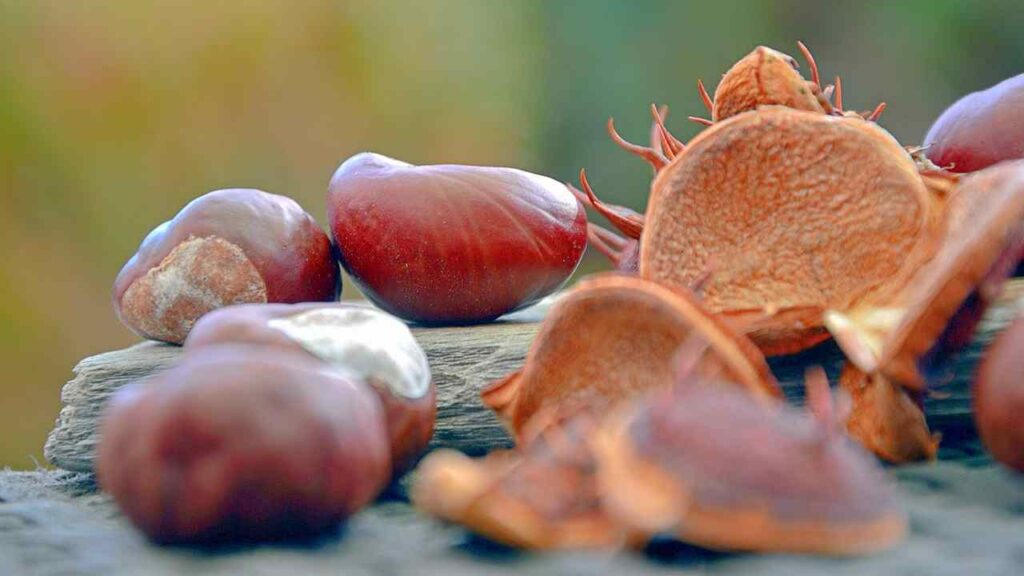
Chestnuts are a precious nutritional source that should be evaluated, also taking into account the “calorie” aspect. Here are their main nutritional characteristics:
- Carbohydrates – Chestnuts are rich in complex carbohydrates, which provide sustained energy over time and at the same time explain the reason for the question: “Do chestnuts make you fat?”. This characteristic makes them an ideal source of fuel for the body, perfect for providing constant energy during daily activities.
- Vitamins – They are one of the few nuts that contain a significant amount of vitamin C. This micronutrient is critical for immune system support, skin health, and wound healing. Chestnuts also contain B vitamins, such as vitamin B6 and folate, which are essential for many bodily functions, such as energy production and the formation of red blood cells.
- Minerals – Chestnuts are a source of minerals such as potassium, important for heart health and blood pressure regulation, and magnesium, essential for bone health and muscle function.
- Fibers – These autumn fruits are also a good source of fiber, which supports digestive health and helps maintain a balanced metabolism.
Do chestnuts make you fat?
Chestnuts, when consumed in moderation and in the context of a balanced diet, are not responsible for significant weight gain. However, as with many foods, overconsumption can contribute to calorie accumulation and potentially weight gain.
The fruits of Castanea Sativa they are relatively rich in carbohydrates, but also contain less fat. Most calories come from complex carbohydrates, which offer long-term energy. However, if consumed in large quantities without considering the overall calorie intake of the diet, they could contribute to weight gain.
Another important consideration is how chestnuts are prepared and served. For example, if they are seasoned with added sugars for the preparation of desserts, their calorie content can increase significantly.
How to use chestnuts in cooking
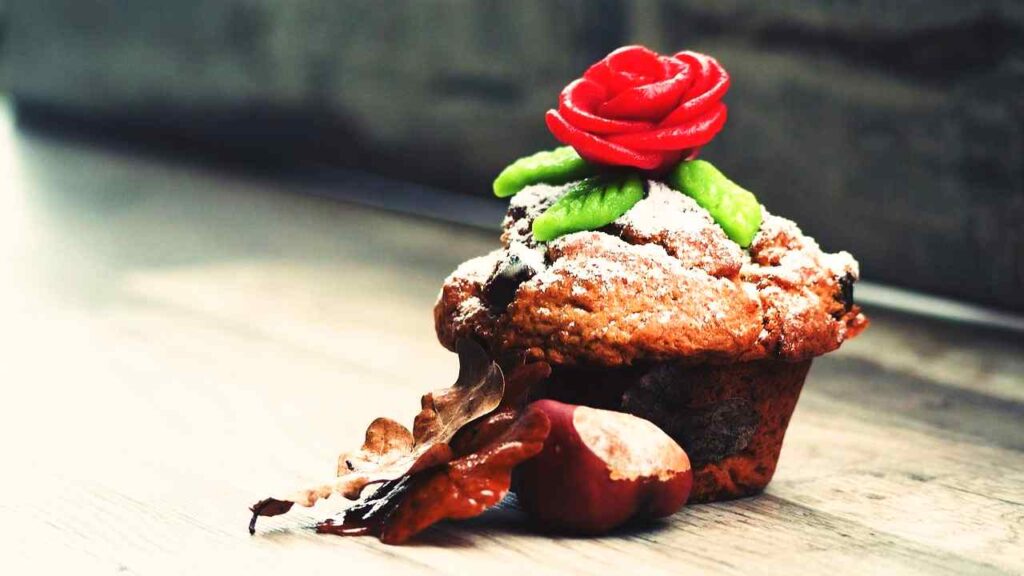
Chestnut agnolotti, chestnut and mushroom risotto, azuki and chestnut pudding: these autumn fruits can be used in multiple ways in the kitchen. Here are some examples:
- Roast – The most traditional method is to roast chestnuts. Just soak them, cut the peel, cook them in the oven or on a grill (or at most chestnuts in the microwave) and enjoy them as a hot snack.
- Boil – Many people prefer to enjoy boiled chestnuts, partly because of the speed of preparation and partly because they become the basis for many other recipes.
- Soups and stews – You can add chestnuts to soups and stews to add texture and a slightly sweet flavor. They are perfect in a pumpkin soup or a tasty meat stew.
- Puree or cream – Chestnuts can be transformed into a delicious puree, ideal for serving as a side dish or base for sophisticated dishes. A chestnut cream can be a refined addition to meat or fish dishes.
- Sweets – Both as fruits and as flour, chestnuts are often used in the preparation of autumn desserts. From traditional desserts like MontBlanc to cakes, biscuits and jams, their sweet and nutritious flavor makes them perfect for baking.
How to preserve raw and cooked chestnuts
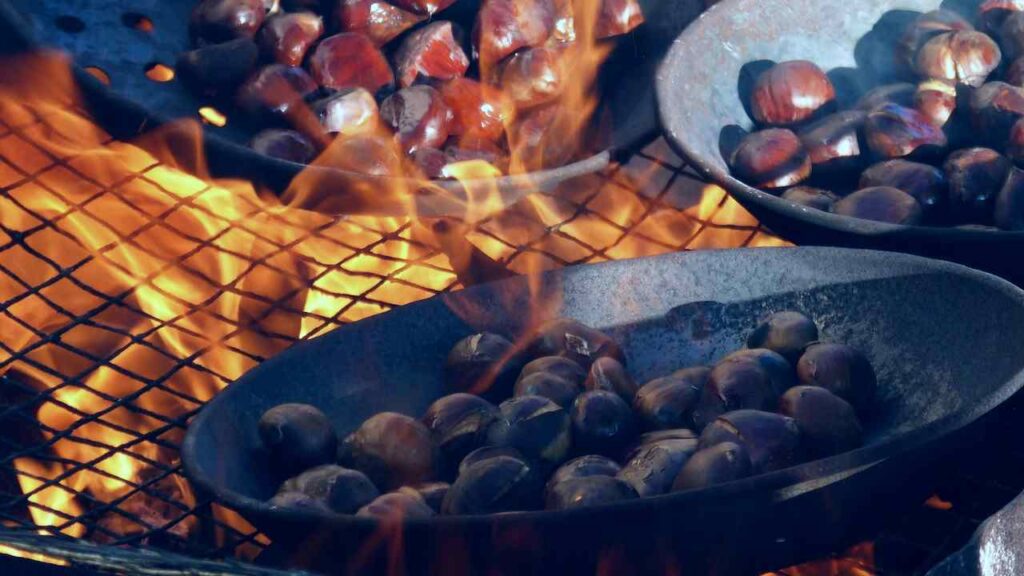
There are several ways to preserve chestnuts so that they maintain their freshness, flavor and nutritional properties for as long as possible. Let’s find out how to preserve chestnuts!
How to store raw chestnuts
- At room temperature – If the question is how to preserve freshly harvested chestnuts then you should place them in a paper bag or breathable container and store them in a cool, dry place. Avoid exposure to direct sunlight. A storage room or cool pantry is ideal.
- In the fridge – You can keep them for longer by keeping raw chestnuts in the refrigerator. How to store fresh chestnuts? Simply place them in a perforated plastic bag or breathable container and place them in the refrigerator drawer at 2-3 degrees. They can be stored within a month.
- In the freezer – If you plan to store them for a longer period then it is possible to freeze raw chestnuts. Before freezing them, you need to wash them and cut the peel. Place them in freezer bags or sealed containers. Freezing will preserve them for several months (up to 6 months).
- Drowning – To preserve chestnuts you can rely on the novena method. Start by immersing the chestnuts in water at room temperature for 2-3 days (discarding any that float) and leaving them to soak for another 6-7 days in the water (replacing half the water). Afterwards, the water is removed and the chestnuts are left to dry before storing them in suitable containers for several months.
- Drying – You can dry chestnuts completely by placing them in the sun during the hottest hours for at least a couple of months and store them in a sealed container. To rehydrate them, just soak them in water for a while before using them in the kitchen.
- Cover-up – To preserve chestnuts, you can try a new method: you need to get sand or sawdust and a spacious container. You start with a layer of sand or sawdust, then you put the chestnuts and cover them again with another layer of sand or sawdust. Proceed like this, alternating the layers until all the chestnuts are covered. It’s like creating a protective layer of sand for the chestnuts, to keep them fresh and ready to enjoy when needed.
How to preserve cooked chestnuts
- In the fridge – How to preserve roasted chestnuts or boiled? Excess cooked chestnuts can be stored in the refrigerator in an airtight container within two hours of cooking. In this case you must make sure to cool them completely before placing them in the refrigerator.
- In the freezer – Cooked and shelled chestnuts can also be frozen. Simply divide them into portions and place them in freezer bags. This will allow you to defrost only the quantity necessary for future uses.
- Under vacuum – If you have vacuum equipment available, you can store cooked chestnuts in a vacuum container.
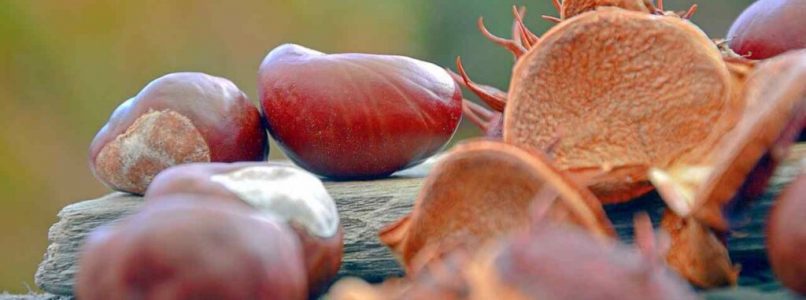
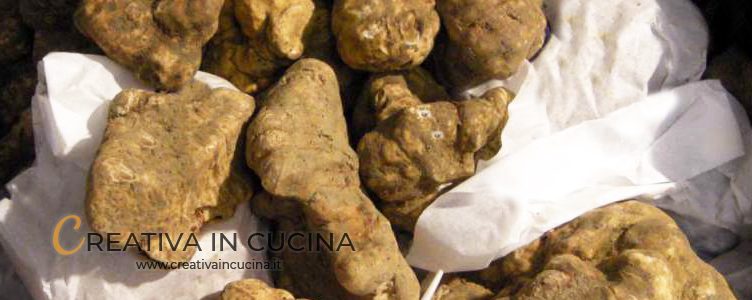
 To enjoy all the flavor of truffle it is always better to consume it fresh, but if this is not possible, I will now illustrate some of my simple tips to consume it at its best. Storage in the refrigerator or freezer is the most used to keep the qualities and characteristics of the truffle unaltered before adding it to a recipe.
To enjoy all the flavor of truffle it is always better to consume it fresh, but if this is not possible, I will now illustrate some of my simple tips to consume it at its best. Storage in the refrigerator or freezer is the most used to keep the qualities and characteristics of the truffle unaltered before adding it to a recipe.